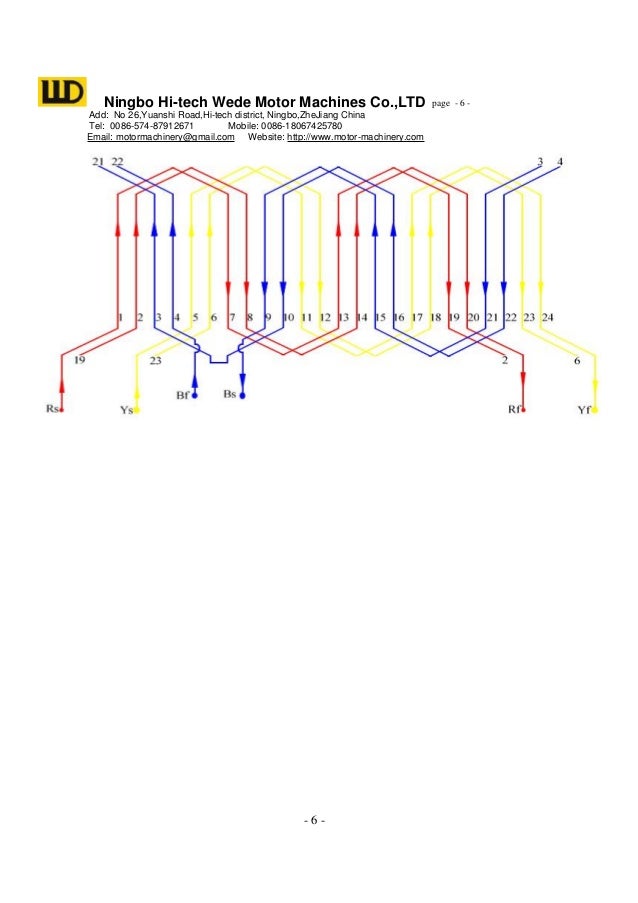



Electric Motor Windings Diagram Series With The
Thermal protection built into the windingsKlixon and Thermik are examples of thermal switch These devices are also called PTO (Protection Thermique à Ouverture).Current and temperature sensitive thermal switches: Top: Klixons Bottom: Thermik – PTOIn single-phase motors one single thermal switch is used. Thermal protection symbolThermal protection to be connected in series with the winding or to a control circuit in the motor. In single-phase motors, up to a given motor size around 1.1 kW it can be mounted directly in the main circuit to serve as an on-winding protector. They operate as a sensitive power cut-out for both single and three-phase motors. Thermal protectors are also referred to as Klixons, (trade name from Texas Instruments).Thermal protectors can also be built into the windings, see the illustration below.
Resistance as a function of the temperature for a typical thermal switchConnection of a three-phase motor with built-in thermal switch and overload relay.Protection according to the IEC 60034-11 standard: TP 111 (slow overload). Depending on the thermal switch manufacturer, the curve changes.TN is typically around 150 – 160☌. The thermal switches do not require an amplifier relay.Thermal switches CANNOT protect against locked- rotor conditions.The curve on your right-hand side shows the resistance as a function of the temperature for a typical thermal switch. In that way the motor is protected against a slow overload. In that way all three phases are in contact with a thermal switch.Thermal switches can be retrofitted on the coil end, but the result is an increased reaction time. The switches have to be connected to an external monitoring system.
Thermistor / PTCThe thermistor temperature sensing system consists of positive temperature coefficient sensors (PTC) embedded in series of three – one between each phase – and a matched solid-state electronic switch in an enclosed control module. The reason is that the thermistors do not have complete contact with the coil ends, and therefore, it cannot react as quickly as it would if they were fitted into the winding originally. As the motor cools and an acceptable motor winding temperature has been restored, the sensor resistance decreases to the reset level.At this point, the module resets itself automatically, unless it was set up for manual reset. When the thermistors are retrofitted on the coil ends, the thermistors can only be classified as TP 111. If the windings exceed the rated trip temperature, the sensor undergoes a rapid change in resistance relative to the change in temperature.As a result of this change, the internal relays de-energize the control coil of the external line break contactor. The thermistors are built into the motor windings and protect the motor against locked-rotor conditions, continuous overload and high ambient temperature.Thermal protection is then achieved by monitoring the temperature of the motor windings with PTC sensors. Automatic reclosing (left) and manual reclosing (right)Thermal switches can be loaded as followed:I max = 5.0 A (cut-in and cut-out current)Thermistors – also built into the windingsThe second type of internal protection is the thermistors or Positive Temperature Coefficient sensors (PTC).
The thermistor has to be connected to a control circuit, which can convert the resistance signal, which again has to disconnect the motor. Used in three-phase motors.The resistance in the sensor remains relatively low and constant over a wide temperature band and increases abruptly at a pre-determined temperature or trip point. PTC protection built into windingsOnly temperature sensitive.


 0 kommentar(er)
0 kommentar(er)
